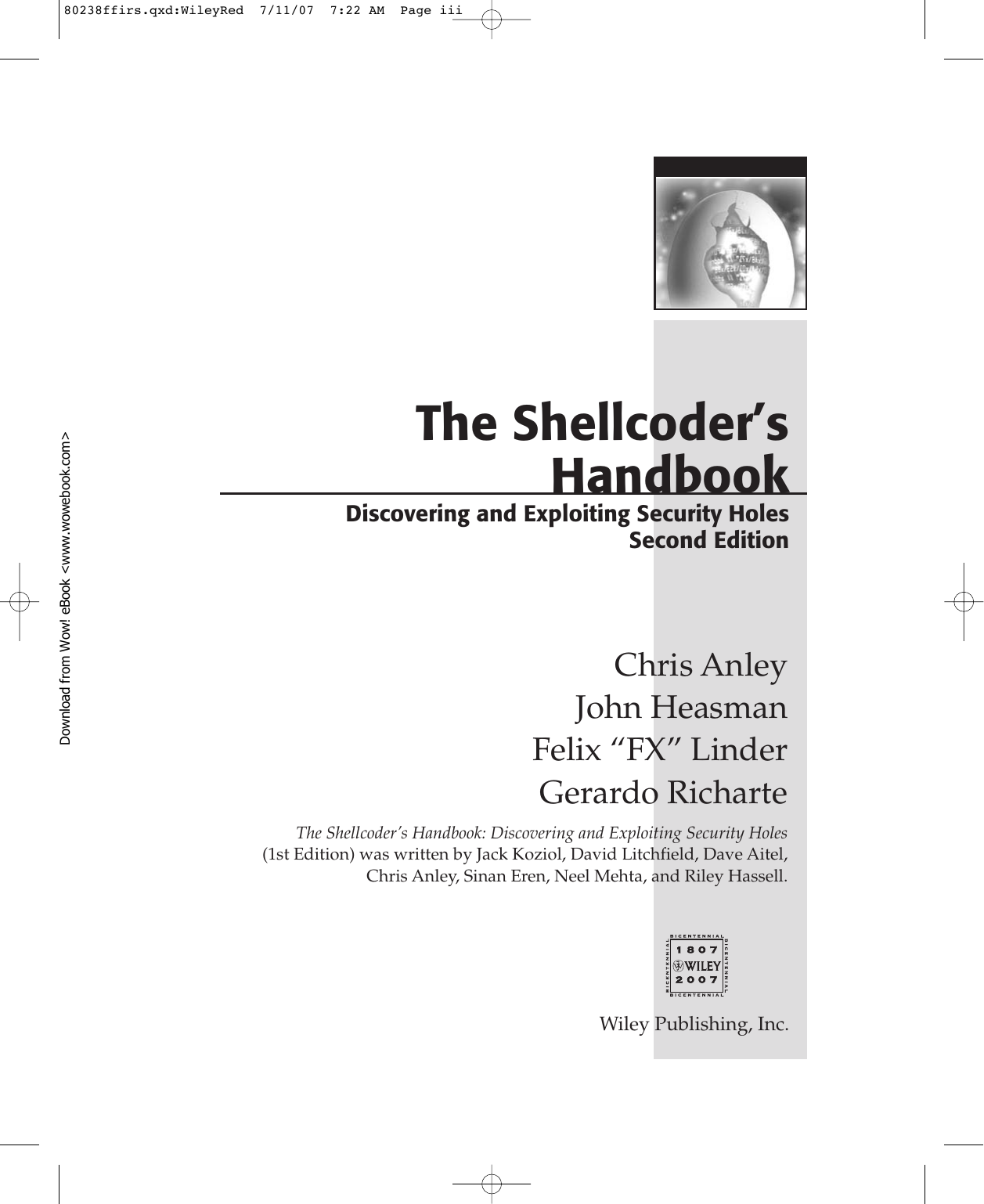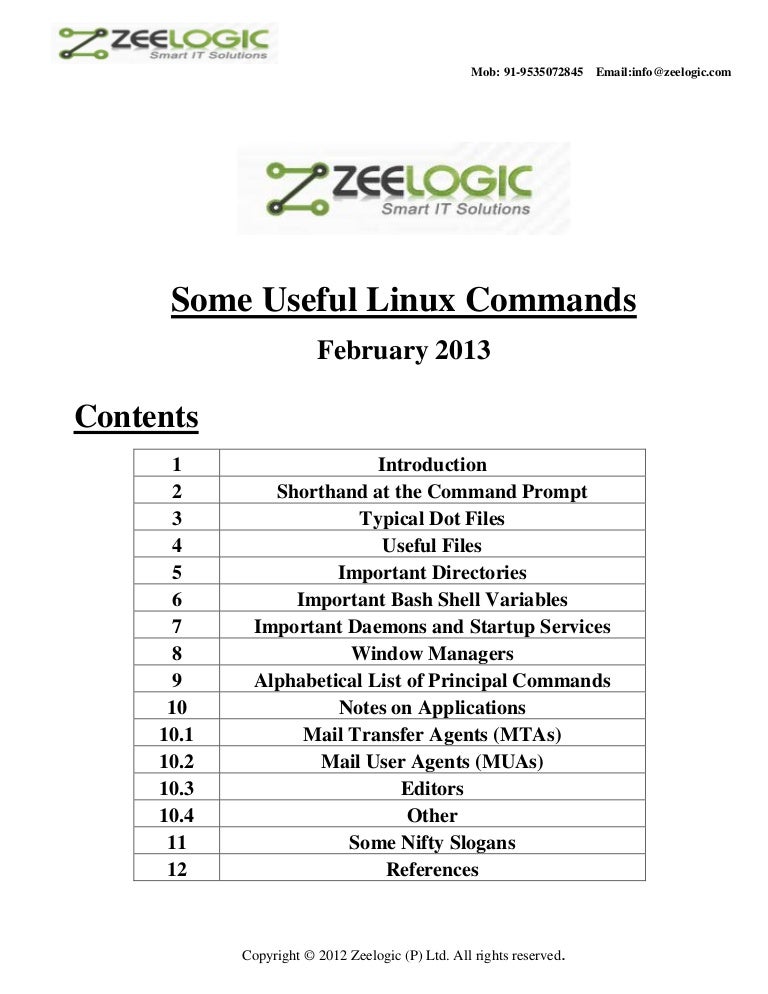

At many places Universal Resource Locators ( URL) are given for some software or documentation repository.

This document aims answering questions of those who program or want to program 32-bit x86 assembly using free software, particularly under the Linux operating system.
#Dosemu stack smashing detected drivers#
Table of Contents 1. Introduction 1.1. Legal Blurb 1.2. Foreword 1.3. Contributions 2. Do you need assembly? 2.1. Pros and Cons 2.1.1. The advantages of Assembly 2.1.2. The disadvantages of Assembly 2.1.3. Assessment 2.2. How to NOT use Assembly 2.2.1. General procedure to achieve efficient code 2.2.2. Languages with optimizing compilers 2.2.3. General procedure to speed your code up 2.2.4. Inspecting compiler-generated code 2.3. Linux and assembly 3. Assemblers 3.1. GCC Inline Assembly 3.1.1. Where to find GCC 3.1.2. Where to find docs for GCC Inline Asm 3.1.3. Invoking GCC to build proper inline assembly code 3.1.4. Macro support 3.2. GAS 3.2.1. Where to find it 3.2.2. What is this AT&T syntax 3.2.3. Intel syntax 3.2.4. 16-bit mode 3.2.5. Macro support 3.3. NASM 3.3.1. Where to find NASM 3.3.2. What it does 3.4. AS86 3.4.1. Where to get AS86 3.4.2. Where to find docs 3.4.3. Using AS86 with BCC 3.5. Other Assemblers 3.5.1. Free Pascal 3.5.2. Win32Forth assembler 3.5.3. SHASM 3.5.4. TDASM 3.5.5. Terse 3.5.6. HLA 3.5.7. TALC 3.5.8. Non-free and/or Non-32bit x86 assemblers 4. Metaprogramming 4.1. External filters 4.1.1. CPP 4.1.2. M4 4.1.3. Macroprocessing with your own filter 4.2. Metaprogramming 4.2.1. Backends from compilers 4.2.2. The New-Jersey Machine-Code Toolkit 4.2.3. TUNES 5. Calling conventions 5.1. Linux 5.1.1. Linking to GCC 5.1.2. ELF vs a.out problems 5.1.3. Direct Linux syscalls 5.1.4. Hardware I/O under Linux 5.1.5. Accessing 16-bit drivers from Linux/i386 5.2. DOS and Windows 5.3. Your own OS 6. Quick start 6.1. Introduction 6.1.1. Tools you need 6.2. Hello, world! 6.2.1. Program layout 6.2.2. NASM (hello.asm) 6.2.3. GAS (hello.S) 6.3. Building an executable 6.3.1. Producing object code 6.3.2. Producing executable 7. Resources 7.1. Pointers 7.2. Mailing list 8. Frequently Asked Questions A. History B. Acknowledgements C. Endorsements D. GNU Free Documentation License


 0 kommentar(er)
0 kommentar(er)
